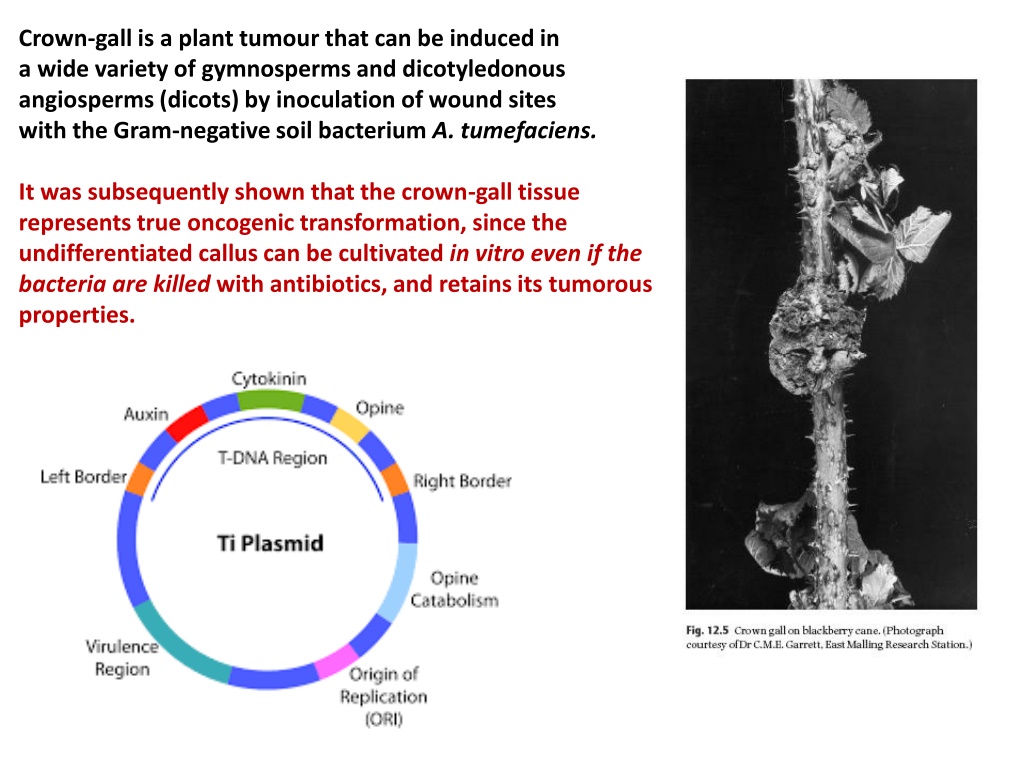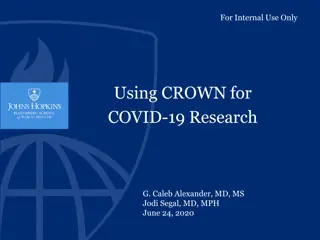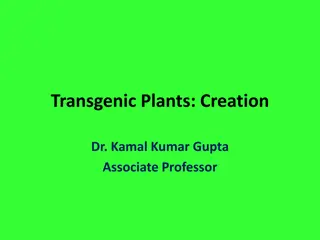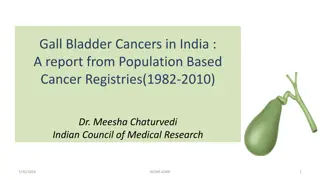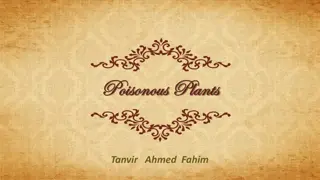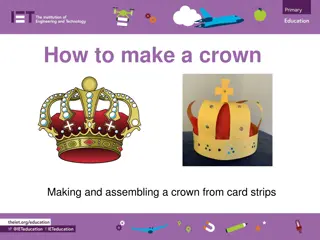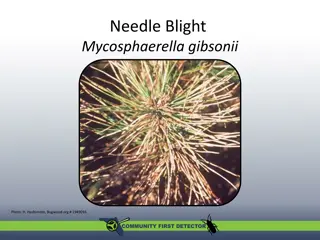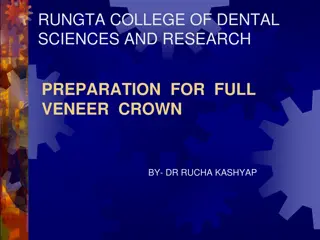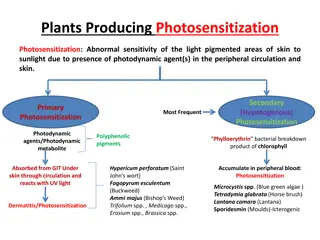Understanding Crown Gall Disease in Plants
Crown gall is a plant tumor induced by the soil bacterium A. tumefaciens, resulting in oncogenic transformation. Opine metabolism plays a central role in the disease, with Ti-plasmids carrying T-DNA responsible for unregulated growth and opine synthesis. Border sequences on the Ti-plasmid are crucial for T-DNA transfer to plant cells, with acetosyringone commonly used to induce vir gene expression. The complex interactions between bacteria and plant cells contribute to the unique characteristics of crown gall disease.
Download Presentation

Please find below an Image/Link to download the presentation.
The content on the website is provided AS IS for your information and personal use only. It may not be sold, licensed, or shared on other websites without obtaining consent from the author. Download presentation by click this link. If you encounter any issues during the download, it is possible that the publisher has removed the file from their server.
E N D
Presentation Transcript
Crown-gall is a plant tumour that can be induced in a wide variety of gymnosperms and dicotyledonous angiosperms (dicots) by inoculation of wound sites with the Gram-negative soil bacterium A. tumefaciens. It was subsequently shown that the crown-gall tissue represents true oncogenic transformation, since the undifferentiated callus can be cultivated in vitro even if the bacteria are killed with antibiotics, and retains its tumorous properties.
The metabolism of opines is a central feature of crown-gall disease. Opine (such as octopine and nopaline, which are unusual amino acid derivatives not found in normal plant tissue) synthesis is a property conferred upon the plant cell when it is colonized by A. tumefaciens. The type of opine produced is determined not by the host plant but by the bacterial strain. In general, the bacterium induces the synthesis of an opine that it can catabolize and use as its sole carbon and nitrogen source. Plasmids in the octopine group are closely related to each other, while those in the nopaline group are considerably more diverse. Between the groups, there are regions of homology, including the genes directly responsible for tumor formation
Complete Ti-plasmid DNA is not found in plant tumour cells but a small, specific segment of the plasmid, about 23 kbp in size, is found integrated in the plant nuclear DNA at an apparently random site. This DNA segment is called T-DNA (transferred DNA) and carries genes that confer both unregulated growth and the ability to synthesize opines upon the transformed plant tissue. The structure and organization of nopaline plasmid T-DNAsequences is usually simple, i.e. there is a single integrated segment. Conversely, octopine T-DNA comprises two segments: The two segments are transferred to the plant genome independently and may be present as multiple copies. The significance of this additional complexity is not clear.
In the Ti plasmid itself, the T-DNA is flanked by 25 bp imperfect direct repeats known as border sequences, which are conserved between octopine and nopaline plasmids. The border sequences are not transferred intact to the plant genome, but they are involved in the transfer process. Deletion of the right border repeat abolishes T-DNA transfer, but the left-hand border surprisingly appears to be non-essential. Experiments in which the right border repeat alone has been used have shown that an enhancer, sometimes called the overdrive sequence, located external to the repeat is also required for high-efficiency transfer. The left border repeat has little transfer activity alone. A large number of compounds have been characterized, but one in particular, acetosyringone, has been the most widely used in the laboratory to induce vir gene expression
Disarmed Ti-plasmid derivatives as plant vectors Wild-type Ti plasmids are not suitable as general gene vectors because the T-DNA contains oncogenes that cause disorganized growth of the recipient plant cells. To be able to regenerate plants efficiently, we must use vectors in which the T-DNA has been disarmed by making it nononcogenic. This is most effectively achieved simply by deleting all of its oncogenes. Prototype Disarmed Vector
Cointegrate Vectors Disarmed derivatives of wild-type Ti plasmids can be used for plant transformation, they are not particularly convenient as experimental gene vectors, because their large size makes them difficult to manipulate in vitro and there are no unique restriction sites in the T-DNA. In the co-integrate vector system, the disarmed and modified Ti plasmid combines with an intermediate cloning vector to produce a recombinant Ti plasmid These vectors were incapable of replication in A. tumefaciens and also lacked conjugation functions. Transfer was achieved using a triparental mating in which three bacterial strains were mixed together: (i) an E. coli strain carrying a helper plasmid able to mobilize the intermediate vector intrans; (ii) the E. coli strain carrying the recombinant intermediate vector; and (iii) A. tumefaciens carrying the Ti plasmid. Conjugation between the two E. coli strains transferred the helper plasmid to the carrier of the intermediate vector, which was in turn mobilized and transferred to the recipient Agrobacterium.
Binary vector The T-DNA does not need to be physically associated with the vir genes in order to become Integrated in to the plant genome. Systems in which T-DNA and vir genes are located on separate replicons are termed T-DNA Binary vector systems. Thus, in binary system, two plasmids are used and both Complement each other in the same bacterial cell. The T-DNA carried by one plasmid is Transferred to the plant chromosomal DNA by proteins coded by vir genes carried by other Plasmid. The T-DNA can be subcloned on a small E. coli plasmid for ease of manipulation. This plasmid, called mini-Ti or micro-Ti, can be introduced into an Agrobacterium strain carrying a Ti plasmid from which the T-DNA has been removed. The vir functions are supplied in trans, causing transfer of the recombinant T-DNA to the plant genome. The T-DNA plasmid can be introduced into Agrobacterium by triparental matings or by a more simple transformation procedure, such as electroporation
